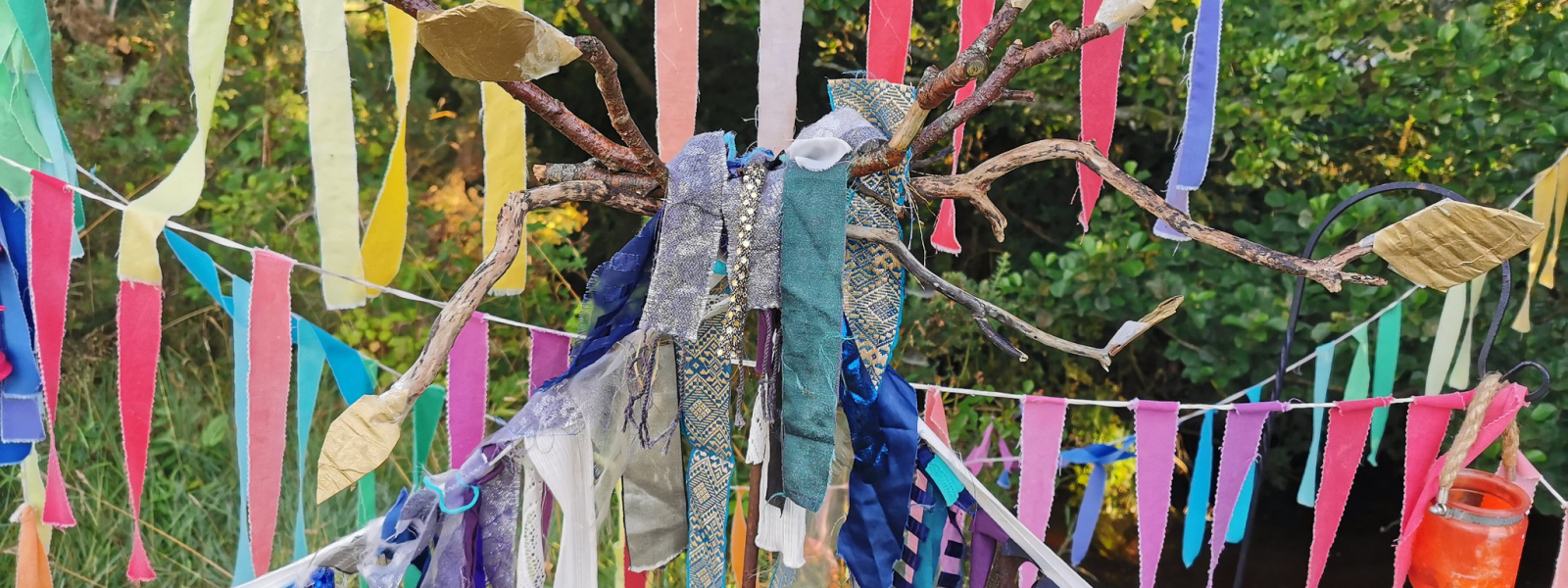Today, Inuit in the Arctic mostly live in poor-quality government housing rather than traditionally – but in the summers, grandparents often take their grandchildren on long journeys into the wilderness to learn the landscape and the stories, discover how to hunt and fish, how to make igloos and clothing to say - “This is how we used to live, and you need to know this”.
And around the Pennines, working-class people have done something similar for a couple of hundred years- taking their kids hill-walking, camping, seeing how the landscape works, cooking their own meals and maybe telling some stories that are good to pass on.
We’re doing something similar at Village: we’re showing our children and reminding ourselves how we live on the land and how rich human life can be. We see the Milky Way and shooting stars, hear the sound of an owl hunting, learn about poisonous plants, and visit Ancestors’ Hill. We can visit the oaks that were discovered by our children and replanted for future generations. People saw or chop their own fallen wood and walk to the source of the Blackaton Brook.
Sometimes we talk about how the Buddha and the early bhikkhus practiced living out of doors, under the sun and rain, meditating under trees, and talking about the Dharma with grass on their clothes.
This view expands into how we live and practice here across our whole lifespans - how elders let go of roles at their own pace but remain valued for their understanding rather than kicked into retirement; how parents give of themselves for their own and other people’s children; how we try to support people when they’re sick, overwhelmed as single parents, struggling with trauma, dealing with disabilities or special needs. And we practice passing on the kindness.
We see how many children (not all) love the space. Their bodies remember what it’s like to climb a tree, paddle in a stream, lie in the grass, make up elaborate games. They go back again and again to hear the stories of Pad-mouse-sambhava, dress up as spirits, keep an eye on the naga, listen to the stories of loss at the ancestors’ ritual. By the time they’re 13, 14, 15, coming to Village isn’t their parents’ decision anymore, it’s theirs. Maybe they’re starting to serve food, mind smallies, help look after lodges, chop wood.
When our teens reach 16, 17, and 18, they start to see that creating Village together is something that adults do, and they often want to be a deeper part of that. They see a way to keep growing that isn’t just more passive consumption and working to survive. They realise that you can literally work together to create some of the world we live in – food, fire, huge structures, showers and hot tubs, activities for younger children, and all the rest (maybe not compost toilets just yet). How to be fully human and fully adult.
And for so many of our children, Village is what keeps them going the rest of the year in difficult or isolated situations. Through COVID and lockdown, mental and physical health issues, family crises and poverty, coming out or transitioning, heartbreak and protests – their Village friends are the family they’ve chosen, and the one or two weeks at Frog Mill have kept many of them going through the rest of the year.
- Laurence

